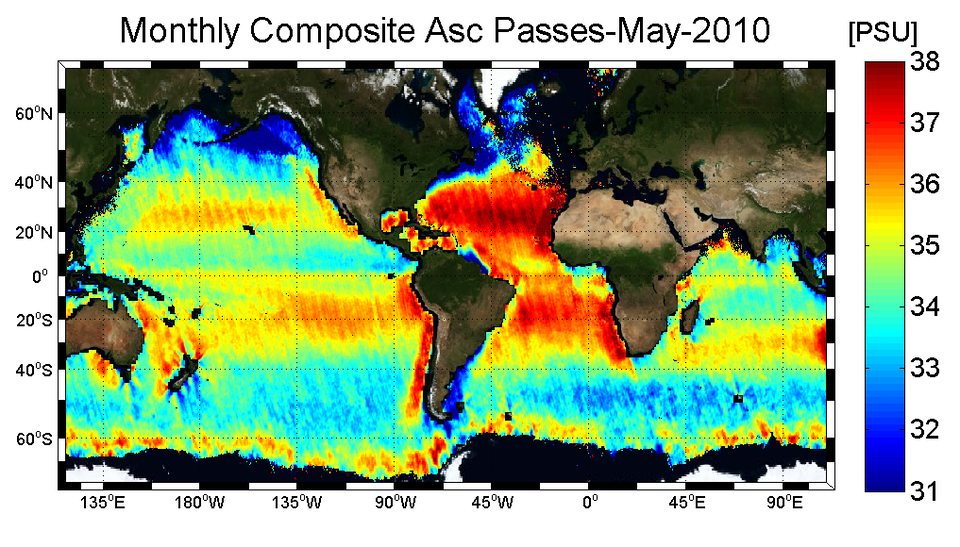ESAC SMOS Data Processing Ground Segment
ESAC hosts the Data Processing Ground Segment (DPGS) of the ESA’s Soil Moisture and Ocean Salinity (SMOS) Earth Explorer satellite. Launched in November 2009, SMOS is the second Earth Explorer Opportunity mission developed as part of ESA's Living Planet Programme. The SMOS mission has been designed to provide global observations of two key variables in the Earth’s water cycle: soil moisture over the Earth's landmasses and salinity over the oceans.
The data acquired from the SMOS mission will lead to better weather and extreme-event forecasting, and contribute to seasonal-climate forecasting. Soil moisture data are urgently required for hydrological studies and observations of ocean salinity are vital for improving our understanding of ocean circulation patterns.
ESAC hosts most of the activities related to the SMOS single payload, the Microwave Imaging Radiometer using Aperture Synthesis (MIRAS), including the Payload Operations Centre and the Data Processing Ground Segment. ESA internally, these are complemented by the long-term archive and reprocessing centre operated out of Kiruna, an additional X-Band receiving station at Svalbard to guarantee delivery of SMOS data in near-real time (NRT) to operational users, the user services at ESRIN and the post-launch support office at ESTEC. In addition, the ESAC Payload Operations Centre works closely with the French space agency CNES, being responsible for the satellite operations operated from the Satellite Operations Ground Segment in Toulouse. The instrument activities are planned from ESAC, payload commands are generated and sent to CNES for uplink, and, in return, the instrument housekeeping telemetry is received and monitored.

The Data Processing Ground Segment (DPGS) at ESAC receives the scientific data and takes care of the generation and distribution of the SMOS data products, from Level 0 (raw data) up to Level 2 (soil moisture and ocean salinity) as well as the Level 1 NRT products. The DPGS also monitors the data quality and takes care of improvements on the processing algorithms.
To be able to receive the SMOS data at ESAC an X-Band antenna and the associated equipment have been installed, thus making ESAC a unique place where most of the processes involved in the operation and exploitation of the SMOS mission are co-located.
Additionally, ESAC hosts the Spanish nationally funded CDTI SMOS Level 3-4 processing centre, in close coordination with the Instituto de Ciencias del Mar, University of Catalonia, Barcelona.
About a dozen of people, involved at various levels in all these activities, are currently working on site.
The SMOS nominal life is 3 years with a potential extension of a further 2 years, depending on the technical status and financial approval through ESA member states. The operations will be run by a variety of ESA internal and industrial teams.




